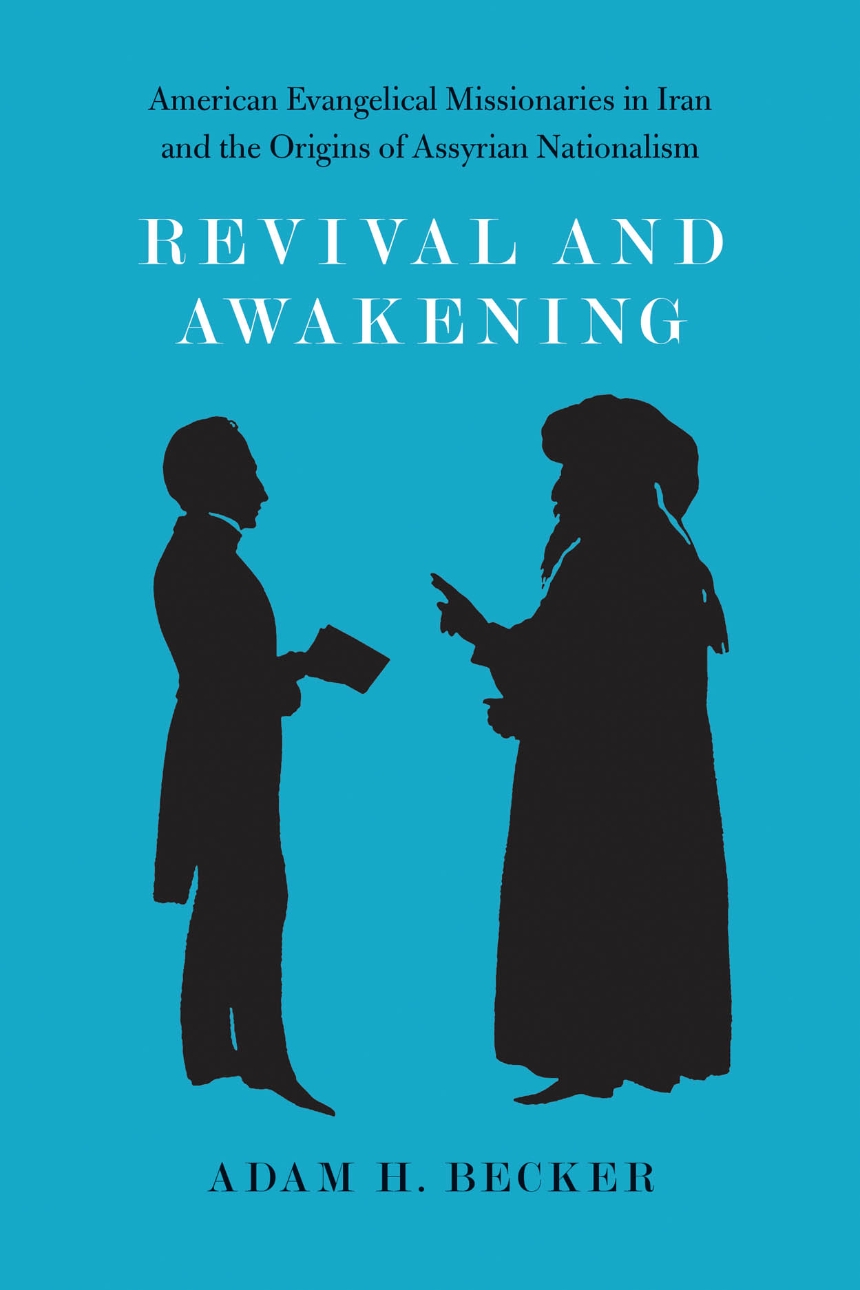Revival and Awakening
American Evangelical Missionaries in Iran and the Origins of Assyrian Nationalism
9780226145310
9780226145280
9780226145457
Revival and Awakening
American Evangelical Missionaries in Iran and the Origins of Assyrian Nationalism
Most Americans have little understanding of the relationship between religion and nationalism in the Middle East. They assume that the two are rooted fundamentally in regional history, not in the history of contact with the broader world. However, as Adam H. Becker shows in this book, Americans—through their missionaries—had a strong hand in the development of a national and modern religious identity among one of the Middle East's most intriguing (and little-known) groups: the modern Assyrians. Detailing the history of the Assyrian Christian minority and the powerful influence American missionaries had on them, he unveils the underlying connection between modern global contact and the retrieval of an ancient identity.
American evangelicals arrived in Iran in the 1830s. Becker examines how these missionaries, working with the “Nestorian” Church of the East—an Aramaic-speaking Christian community in the borderlands between Qajar Iran and the Ottoman Empire—catalyzed, over the span of sixty years, a new national identity. Instructed at missionary schools in both Protestant piety and Western science, this indigenous group eventually used its newfound scriptural and archaeological knowledge to link itself to the history of the ancient Assyrians, which in time led to demands for national autonomy. Exploring the unintended results of this American attempt to reform the Orient, Becker paints a larger picture of religion, nationalism, and ethnic identity in the modern era.
American evangelicals arrived in Iran in the 1830s. Becker examines how these missionaries, working with the “Nestorian” Church of the East—an Aramaic-speaking Christian community in the borderlands between Qajar Iran and the Ottoman Empire—catalyzed, over the span of sixty years, a new national identity. Instructed at missionary schools in both Protestant piety and Western science, this indigenous group eventually used its newfound scriptural and archaeological knowledge to link itself to the history of the ancient Assyrians, which in time led to demands for national autonomy. Exploring the unintended results of this American attempt to reform the Orient, Becker paints a larger picture of religion, nationalism, and ethnic identity in the modern era.
440 pages | 13 halftones | 6 x 9 | © 2015
History: Middle Eastern History
Religion: Christianity, Comparative Studies and History of Religion, Religion and Society
Reviews
Table of Contents
Prelude: A Song of Assyria
Acknowledgments
Note on Transliteration and Names
Introduction: Religious Reform, Nationalism, and Christian Mission
Chapter 1: The Church of the East before the Modern Missionary Encounter: Historicizing Religion before “Religion”
Chapter 2: A Residence of Eight Years in Persia (1843): Mr. Perkins of West Springfield, Massachusetts, meets Mar Yokhannan of Gawilan, Persia
Chapter 3: Printing the Living Word: Moral Reform and the Awakening of Nation and Self (1841–70)
Chapter 4: Being Together in the Living Word: The Mission and Evangelical Sociality (1834–70)
Chapter 5: Death, the Maiden, and Dreams of Revival
Chapter 6: National Contestation and Evangelical Consciousness: The Journals of Native Assistants
Chapter 7: Continuity and Change in the Late Nineteenth Century: New Institutions, Missionary Competition, and the First Generation of Nationalists
Chapter 8: Retrieving the Ruins of Nineveh: Language Reform, Orientalizing Autoethnography, and the Demand for National Literature
Epilogue: Mirza David George Malik (1861–1931) and the Engaged Ambivalence of Poetry in Exile
Notes
Bibliography
Index
Acknowledgments
Note on Transliteration and Names
Introduction: Religious Reform, Nationalism, and Christian Mission
Chapter 1: The Church of the East before the Modern Missionary Encounter: Historicizing Religion before “Religion”
Chapter 2: A Residence of Eight Years in Persia (1843): Mr. Perkins of West Springfield, Massachusetts, meets Mar Yokhannan of Gawilan, Persia
Chapter 3: Printing the Living Word: Moral Reform and the Awakening of Nation and Self (1841–70)
Chapter 4: Being Together in the Living Word: The Mission and Evangelical Sociality (1834–70)
Chapter 5: Death, the Maiden, and Dreams of Revival
Chapter 6: National Contestation and Evangelical Consciousness: The Journals of Native Assistants
Chapter 7: Continuity and Change in the Late Nineteenth Century: New Institutions, Missionary Competition, and the First Generation of Nationalists
Chapter 8: Retrieving the Ruins of Nineveh: Language Reform, Orientalizing Autoethnography, and the Demand for National Literature
Epilogue: Mirza David George Malik (1861–1931) and the Engaged Ambivalence of Poetry in Exile
Notes
Bibliography
Index
